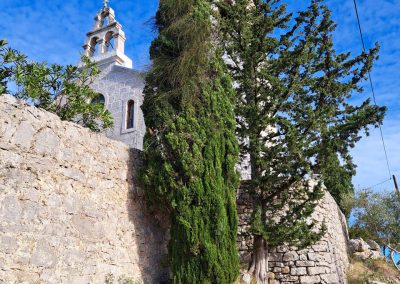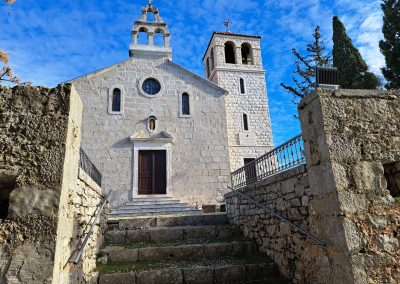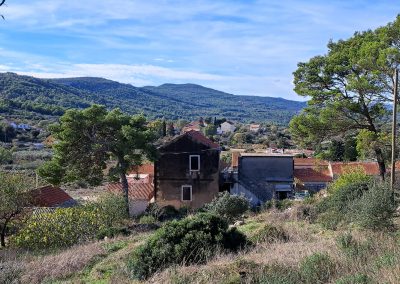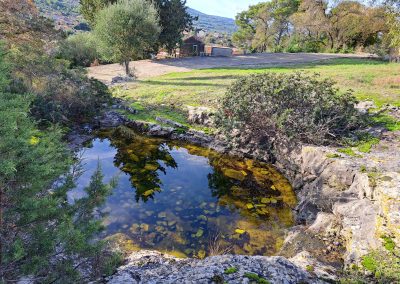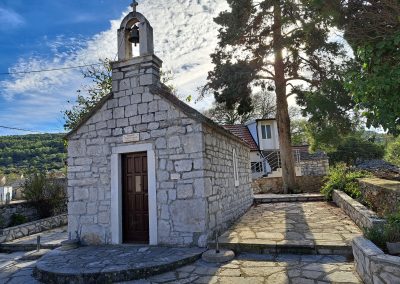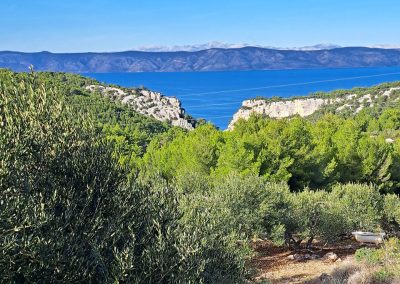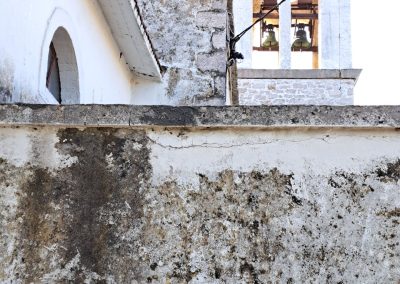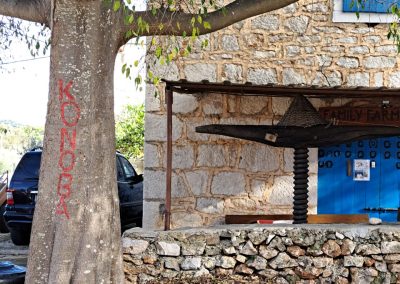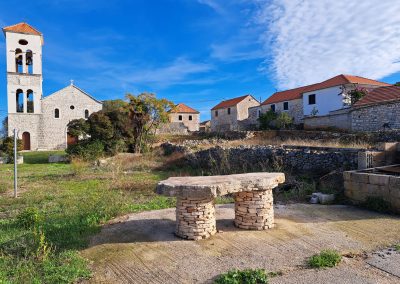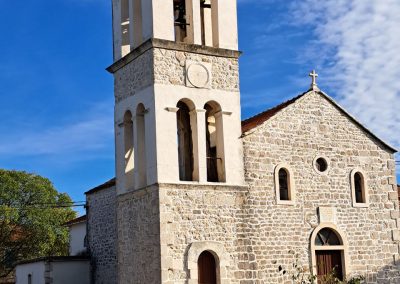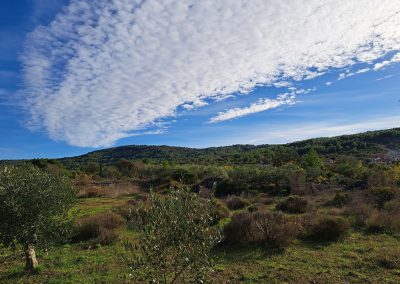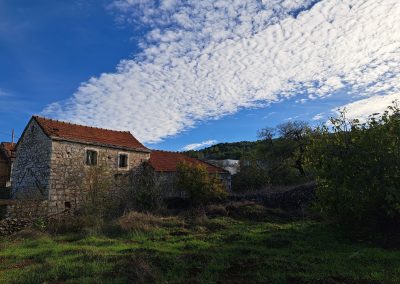Zastražišće, island of Hvar
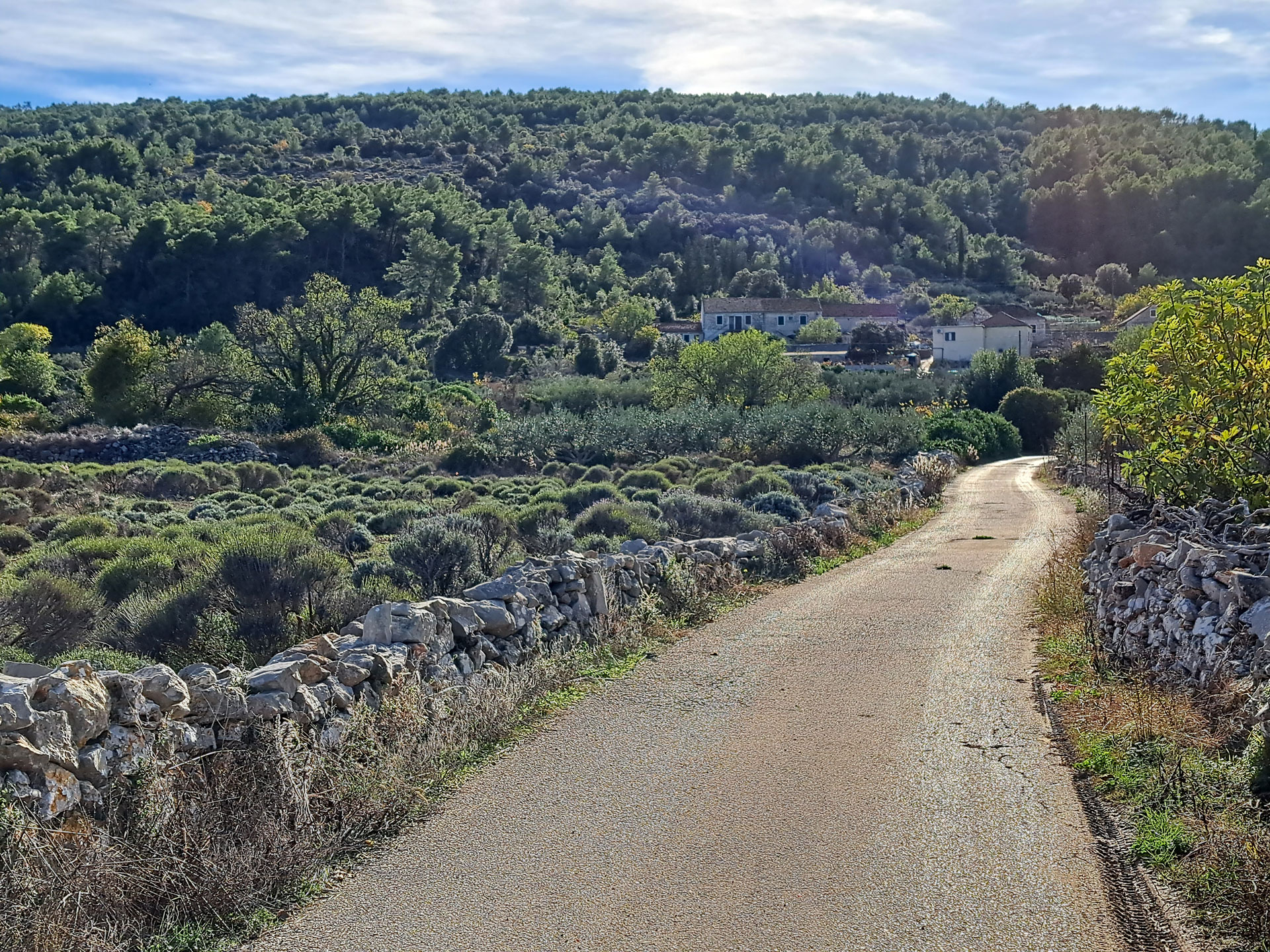
Zastrižišće
Its name comes from the watchtower on the hill Vela Glava, 311 meters high, built for defense against the Turks and for fire alerts. Nearby is an Illyrian hillfort constructed around 1000 BC.
Zastražišće is located at 193 meters above sea level, 19 km from Jelsa and 37 km from Sućuraj. It consists of the hamlets of Mala Bonda, Donje Polje, Grudac, Jerkov Dvor, Kuzmičić Dvor, and Postranje, stretching over 5 km. They share a school, cemetery, and the parish church of St. Nicholas from the 16th century, which was expanded in the 18th century. St. Nicholas is also the patron saint of the village. The Church of St. Barbara, built in 1407, is a protected cultural monument. In Postranje, a tower-fortress was built in 1624 for defense against the Turks.
The hamlets of Zastražišće have bays and beaches on both the northern and southern sides of Hvar. On the northern side are the bays of Vela Stiniva, Stunji Mir, Sinjava, Dubac, Kljušna, Kruševa, and Pokrivenik, where there is a cave 20 meters above the sea, 27 meters deep, inhabited in the Neolithic period and protected as a cultural monument. On the southern side are the bays of Prisinjak and Črvanj.
Among the vineyards and olive groves, “TRIMI” – small round field houses with a circumference of 2-3 meters – are scattered everywhere.
In 1931, Zastražišće had 638 inhabitants, and in 2021, 126.
The names of these two neighboring places, Zastražišće and Gdinj, translate to “watch” or “guard,” and they are home to a 2,500-year-old olive tree with a trunk circumference of 6 meters, located at a place called Huharača.
The phoenix-like trunk of one of the oldest living beings on Earth likely survives thanks to human vigilance that historically prevented the spread of certain fires, thus ensuring the survival of this incredibly ancient being and securing its existence into the future.
